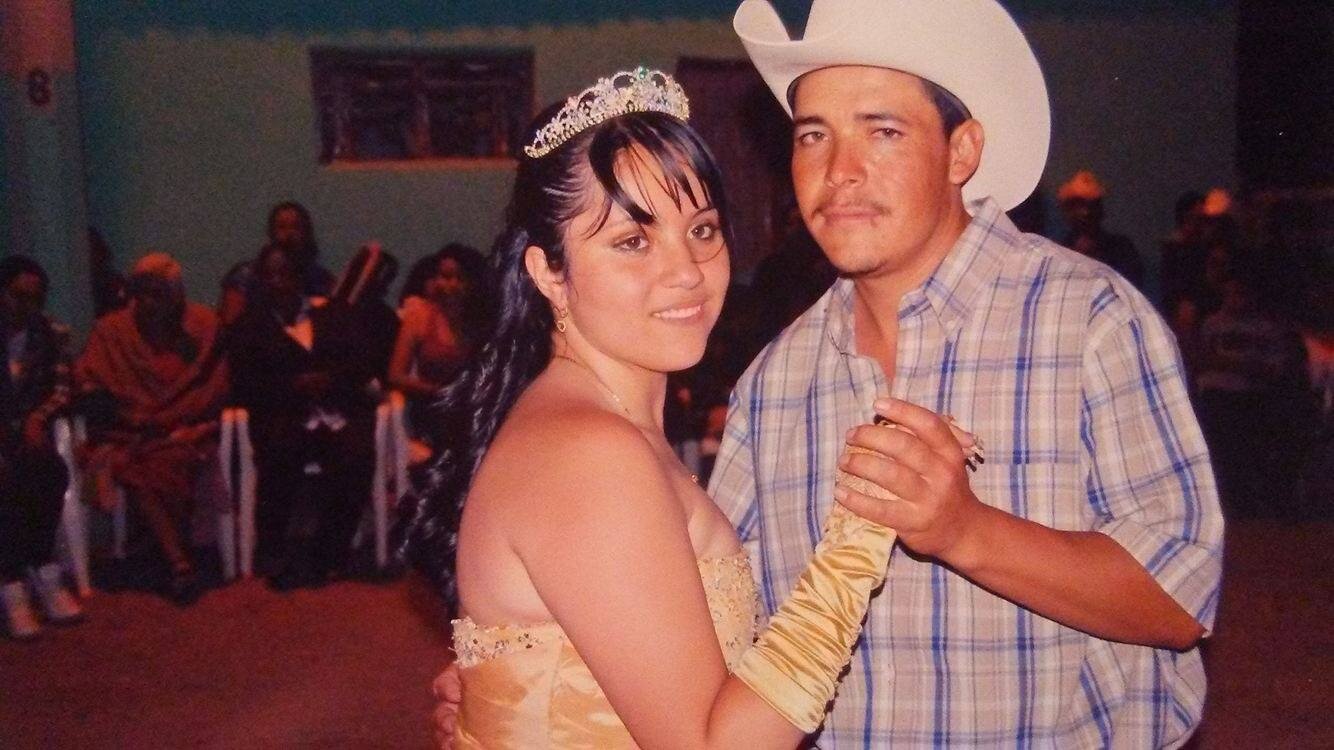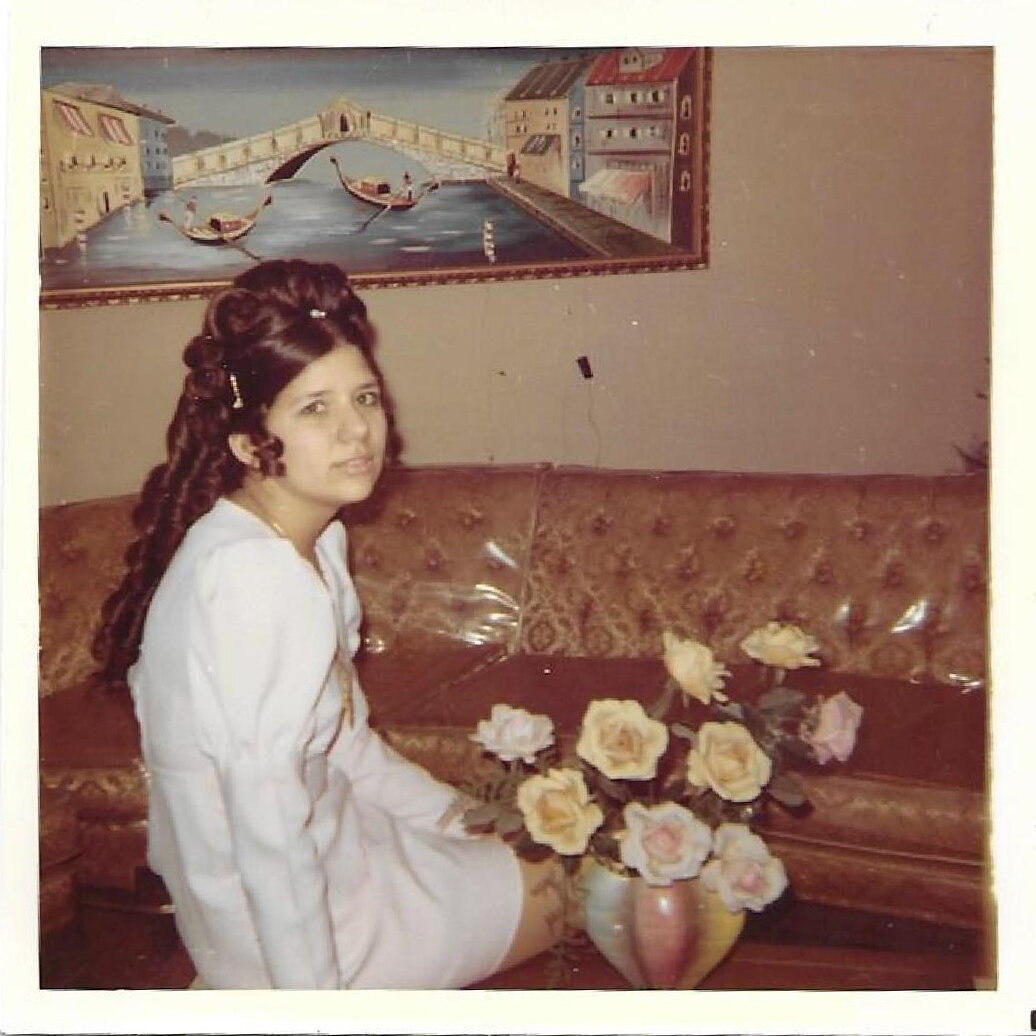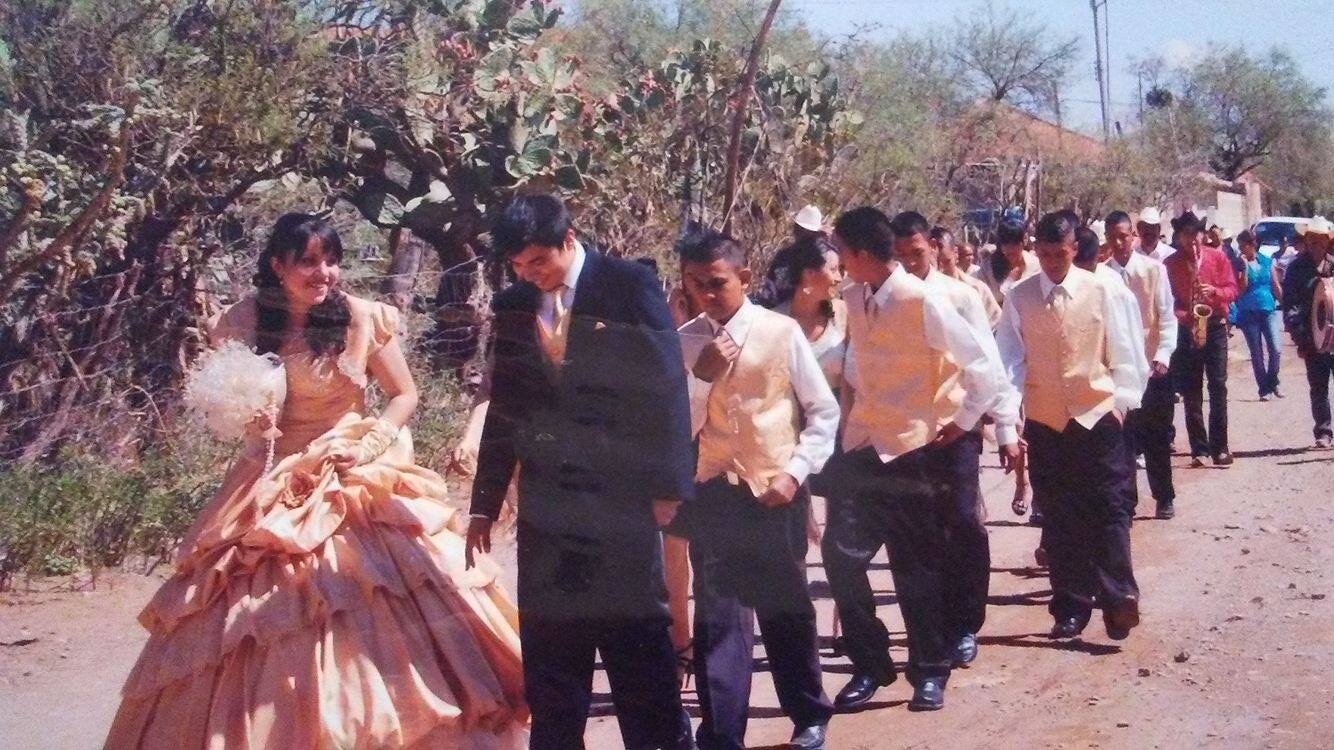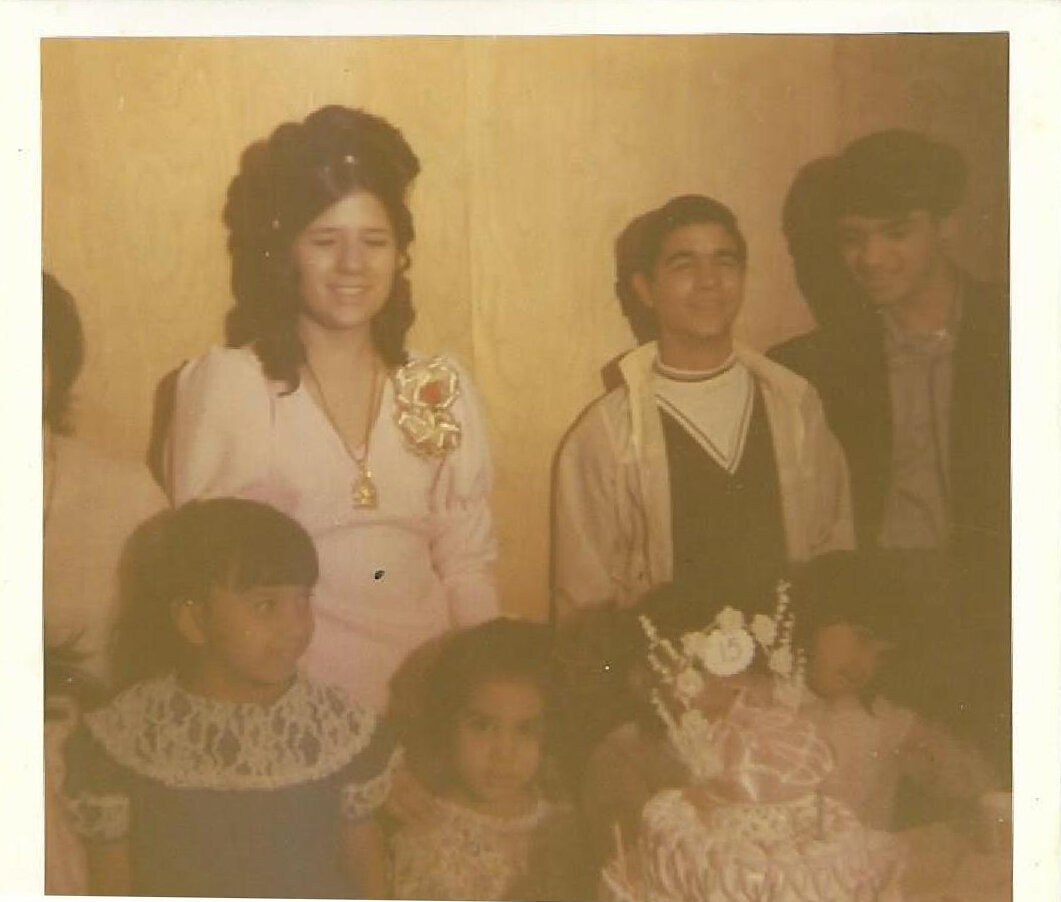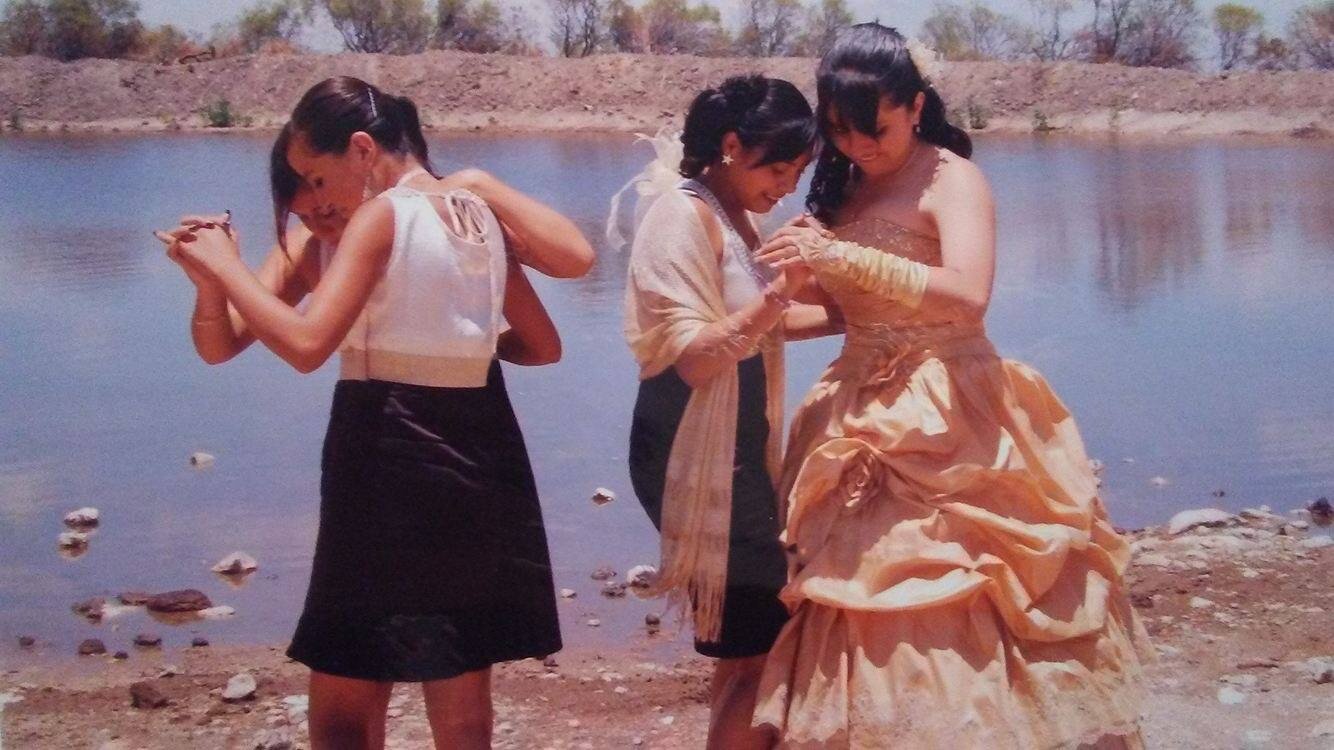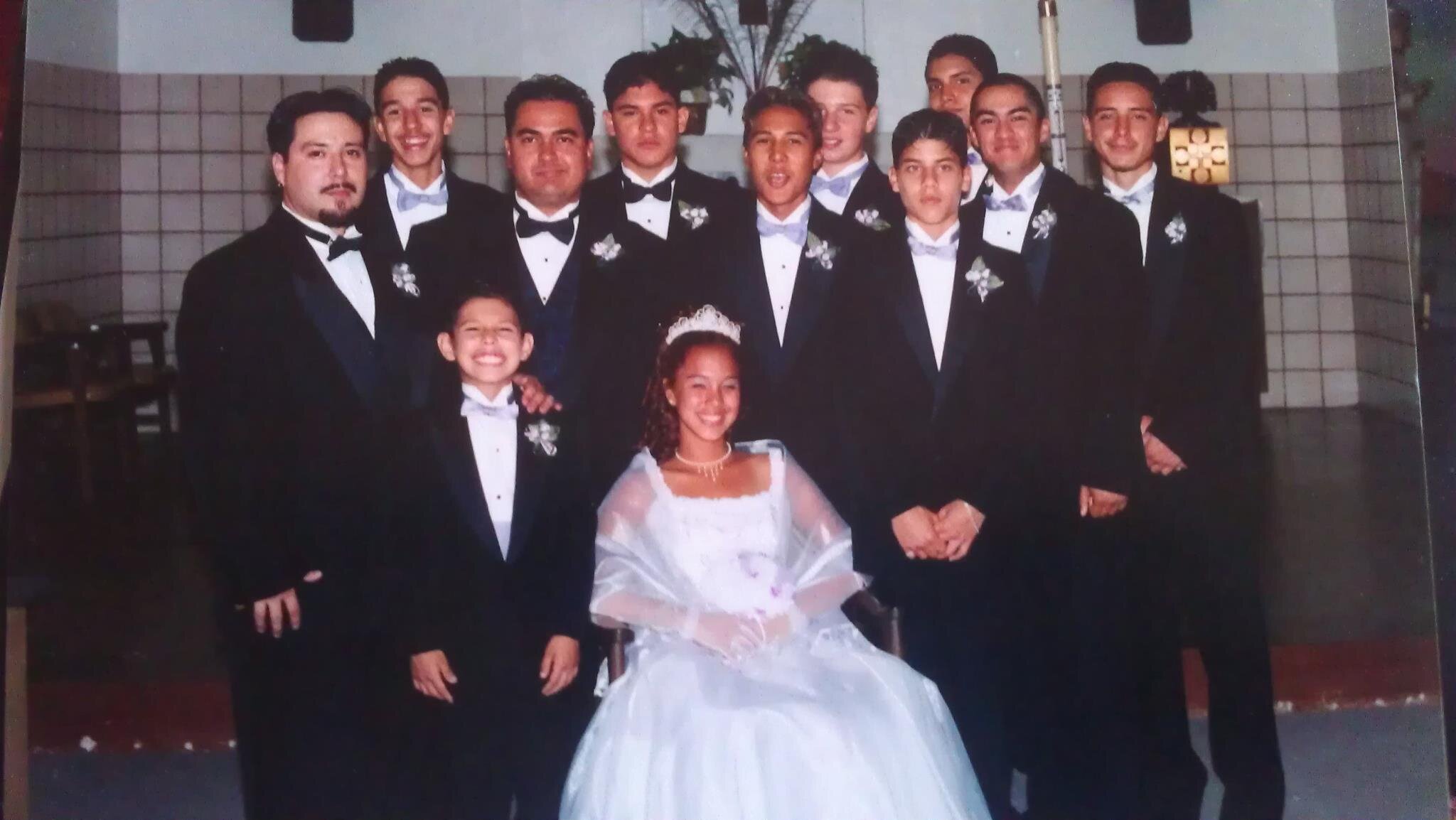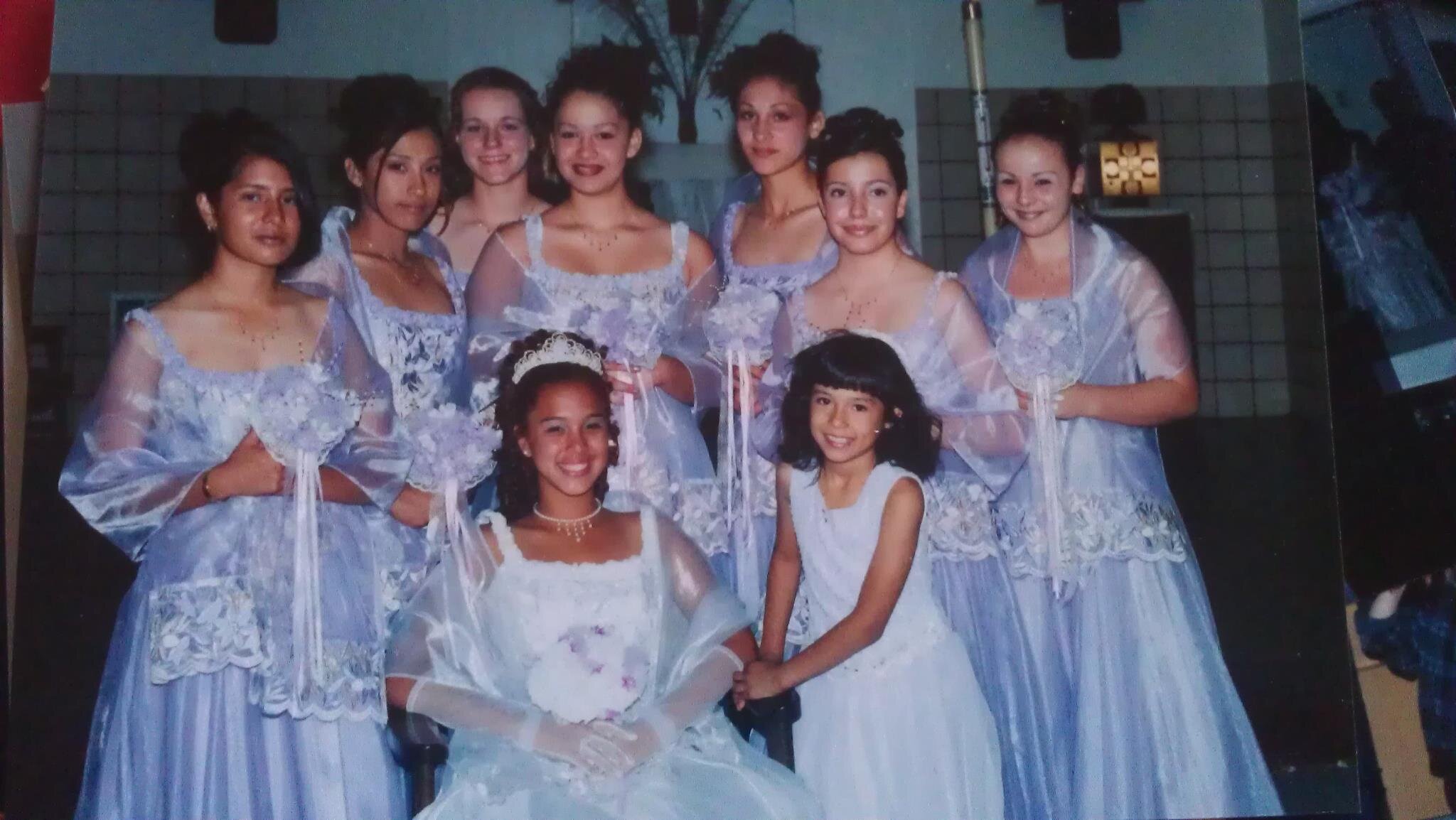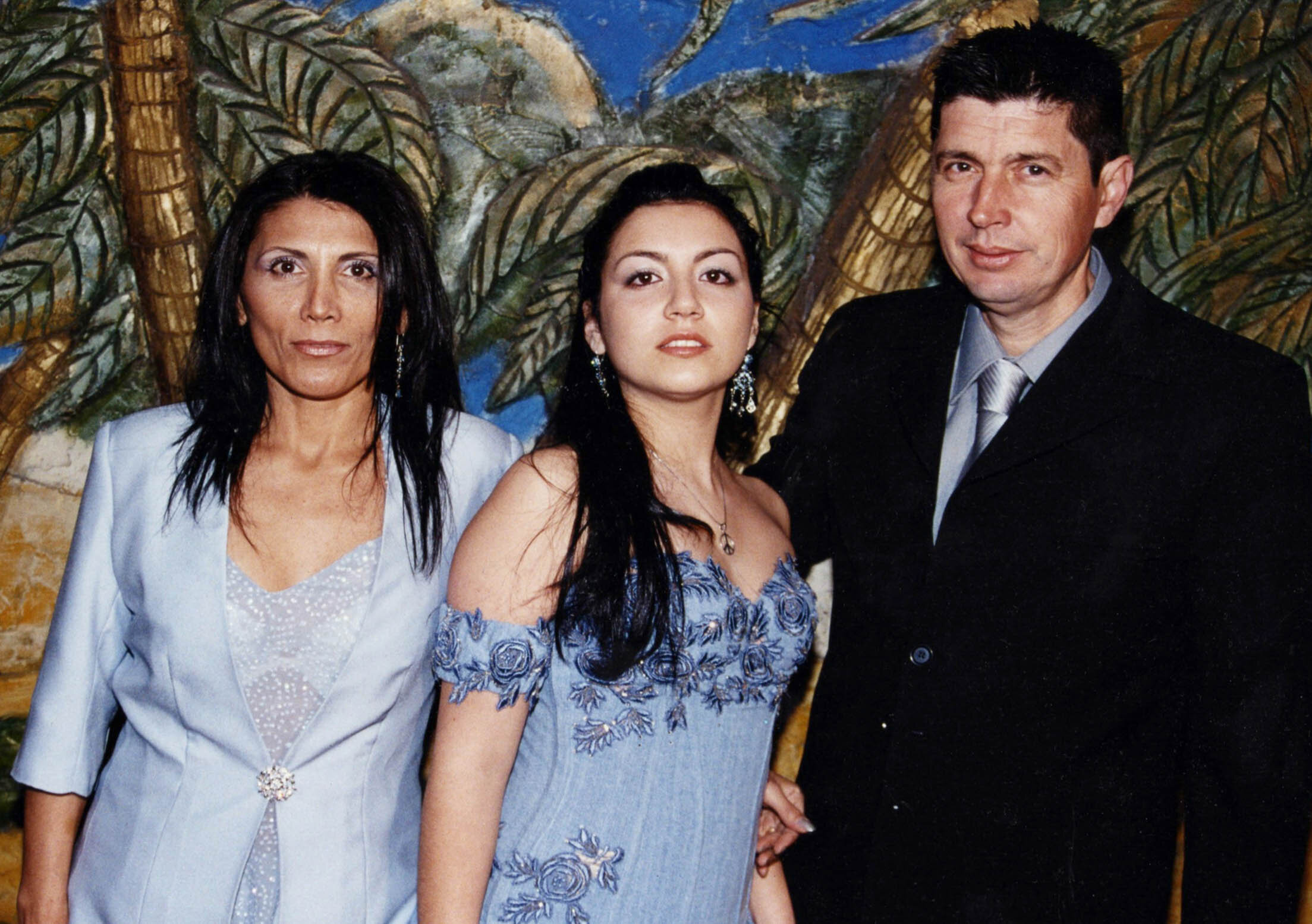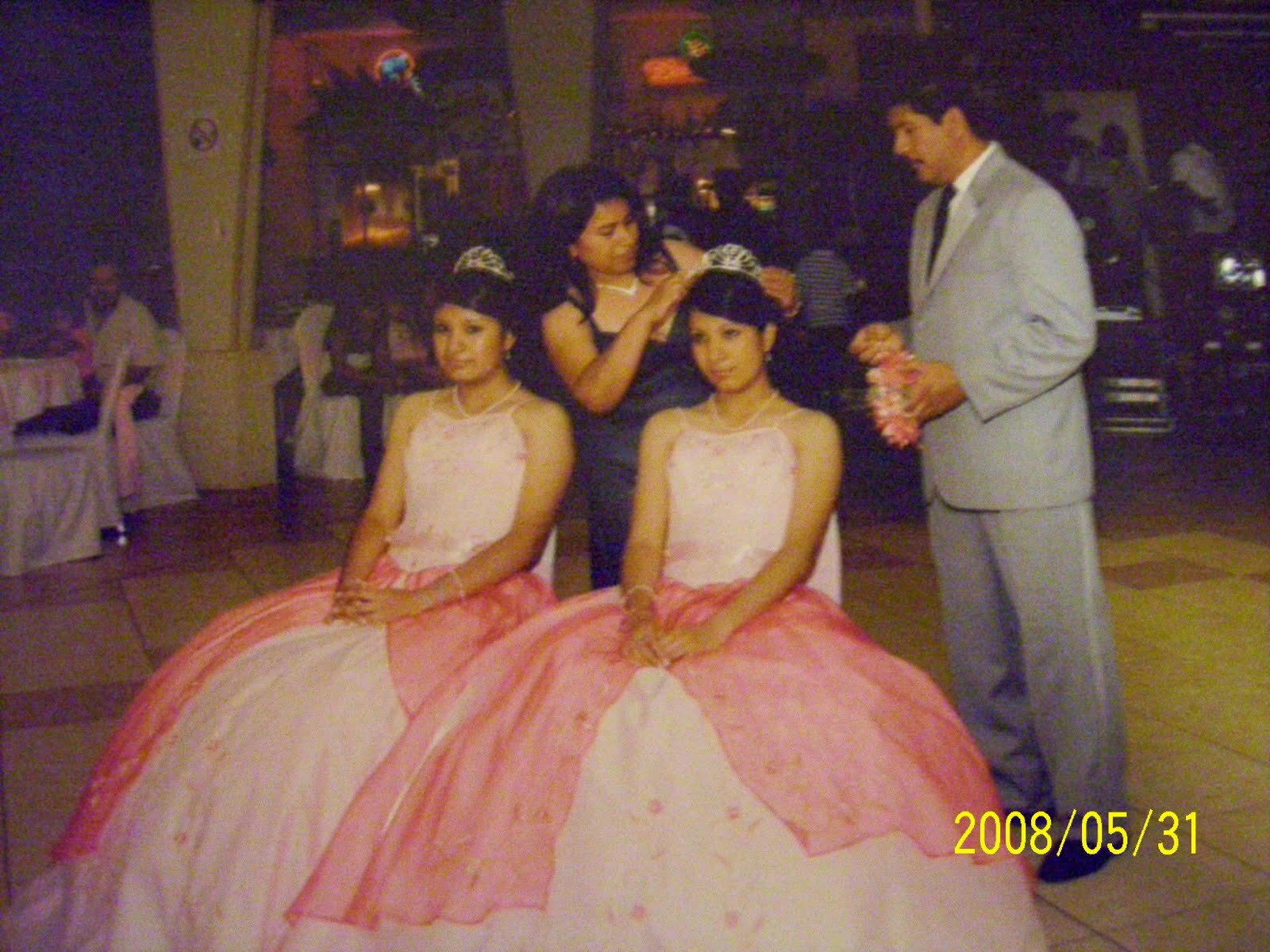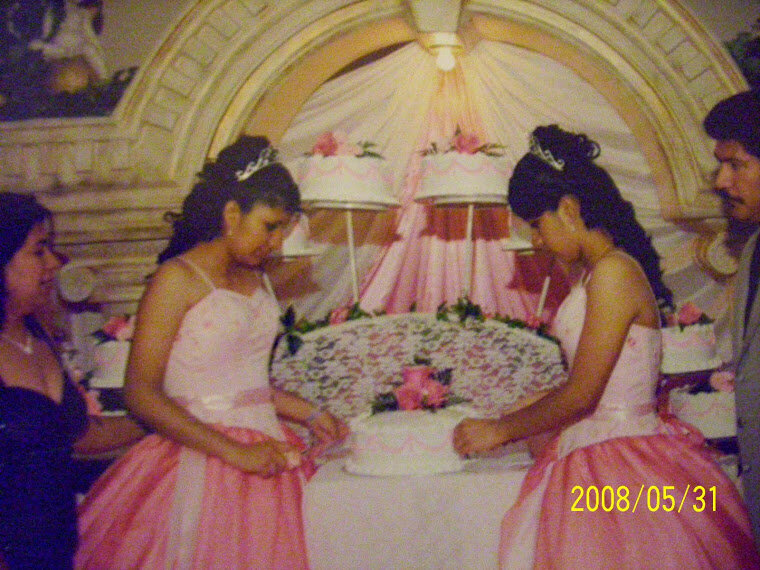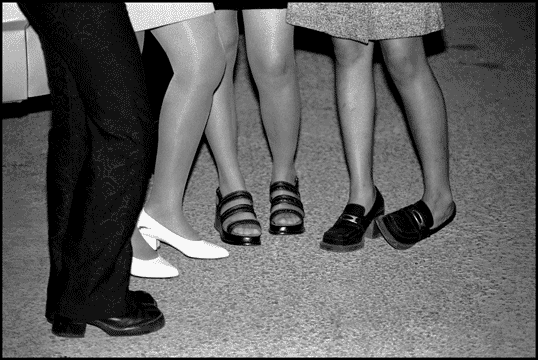Pedro Tzontémoc - 1999, México, Mis XV Años o La Intimidad Colectiva
Consumerism in Digital Archives: Placing Latinx Traditions on the Right Cultural Shelf
by Samantha Cabrera Friend
“To assign attribution and credit fairly” is one of the hallmarks of most digital humanities, professional archiving and open data practices. But when we view the practices in place to acknowledge the initial cultural significance of modern findings which are to be passed over by the contributor themselves, we run into a murkier, much more complex procedure.
Take any household product which reads “MADE IN CHINA” on the body of the product itself and again on the packaging. Do we feel the factual essence of its Chinese origins in our possession, or out of necessity, convenience, and immersion are we utilizing that tool in a now completely new, aptly disregarding space?
This simplified example can be applied most intricately to the case of the modern quinceañera, an indigenous rite of passage from 1400s México that has (in the most accessible of instances) been historically viewed through a North American lens. One may inherently acknowledge the tradition’s roots by use of the Spanish word quinceañera, but the idea as commonly keyworded, categorized and understood as comparable to the Sweet 16 amongst others, remains misguided.
Latinx customs, rituals and traditions have withstood countless transformations through their assimilation to the US and back, and the undocumented history of quinceañera practice–a journey I hold quite close to me–is still just one of the many deprived of proper accreditation. The evidence lies partially in the lack of scholarship and archival focuses on this topic, but more so through our attempts to service the needs of the community in representation; a case where sourcing everyday images outside of advertisements or digital/public spaces can prove costly to license or difficult to find.
Quinceañera Archives explores the idea that in light of the internet, Latinx traditions, communities and cultures, have reached increasing new levels of public visibility yes, but at the frequent expense of accessibility, by nature of false ownership, misinterpretation, and selective distribution, as I highlight through my studies on the tradition of the quinceañera. Do we work towards collaboration with established imaging databases in hopes of maximum visibility, or do we place effort behind the images of grassroots movements to ensure accessibility?
Enter Quinceañera Archives, an online Instagram account and offline digital archive duely launched amid this era of archival accountability. After becoming fatigued by reaching for historically pertinent images placed too deeply behind others on well-stocked intellectual shelves, I joined a wave of digital humanities questioning the very foundation of their practice.
As a Latinx artist with untraditional training and engagement in archival practices, I place value in this new hegemonic. Namely taking place online. In pursuit of developing more culturally cognizant methods to award communities the opportunity to see themselves accurately represented in the modern practices, trends and traditions that began in their backyards; the beauty of this reclaiment work is for everyone.
Samantha Cabrera Friend is a visual artist from Chicago who uses photography, writing, public research and journalism to explore local histories, traditions, and sociopolitical issues affecting female-based communities on a global scale. She is the founder and curator of Quinceañera Archives, a digital archive space which fosters public dialogues and community-driven research on placing historical importance in quinceañera practice.



